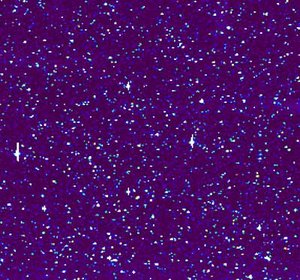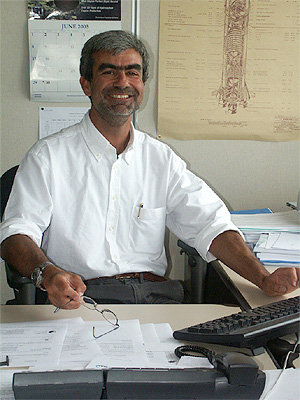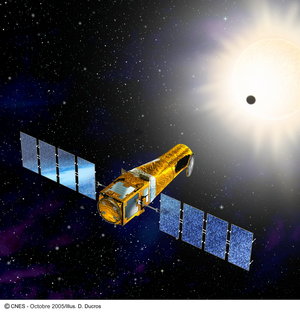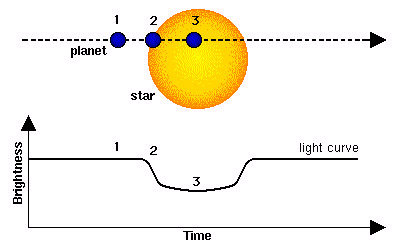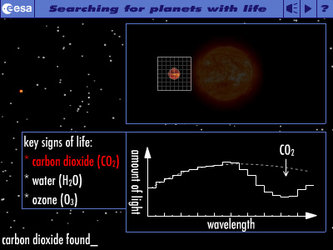ESA‘s roadmap to Earth-like planets
ESA is launching a new initiative to develop a roadmap for finding Earth-like planets. Searching for rocky planets around other stars, in the hopes of finding an Earth-like world, is a top scientific goal in ESA's Cosmic Vision programme.
Achieving this ambition requires a great deal of technological development, and a constant eye on the changes taking place across this fast-moving field of research. To provide an overview of the field and a set of technological milestones that must be achieved before rocky planets can be analysed, ESA has appointed the Exoplanet Roadmap Advisory Team.
The team consists of ten exoplanet experts from across Europe and is chaired by Artie Hatzes, Director of the Thüringer Landessternwarte Tautenburg, Germany. Here, he explains the aims of the roadmap.
What is the rationale behind the exoplanet roadmap?

The search for exoplanets is a hot research topic. It has one great goal driving it forward: to find out how many habitable Earth-like planets there might be in the galaxy.
To do this, there has to be a threefold strategy. Firstly, observers must tell us what is out there. Secondly, theoreticians must tell us what we might expect to find. And thirdly, technologists must tell us which instruments we need to find these things.
The rationale behind the roadmap is to get these groups of people working together in order to identify the milestones along the way to finding other Earths.
What is the ultimate goal of exoplanet research?
Ultimately, we want to obtain an image of an Earth-like planet and spectroscopically analyse its atmosphere. This will tell us whether there’s oxygen, ozone, carbon dioxide and water vapour in its atmosphere. When we see all the right constituents for life then we can say, “Yes, that is a twin to Earth." The roadmap will provide us with a plan to reach that goal.
How will you be guided in your creation of the roadmap?
We will ask the exoplanet research community to submit white papers informing us of their work. These will allow us to check what has been done so far, the status of current and planned observations, the theories of planets that could hold life, and more importantly, what the developing areas of study are likely to be. It is such an exciting field that it attracts the best and the brightest. This drives the research in innovative ways that have really accelerated progress to date. We now know that there is an incredible diversity of planetary systems to be studied.
Why is exoplanetary research important?
As a scientist, I want to know whether our solar system is unique. If I look up, I see thousands of stars and right from school was told that they are similar to the Sun. So how many of them have planets similar to Earth?
Also, looking at exoplanets can allow us to test our theories of planet formation. You can have a great theory for how our Solar System formed but the real test is whether it can explain exoplanet systems as well. Each new exoplanet system we find is a new laboratory where we can test our ideas.
Then, there is the philosophical aspect. Are we unique? I think that's why this research excites the public, because they all ask the question: are we alone? The only way to answer that is go out there and look.
What do you hope to achieve with this roadmap?
Once we have collected the white papers, the team will put them all together. By early next year we will have a concrete roadmap. This will include what we have to do scientifically and technologically in the next year, the next 5-10 years, and then the next 20 years, to achieve our scientific goal of characterising Earth-like worlds.
For more information:
Malcolm Fridlund, ESA COROT Project Scientist
Malcolm.Fridlund @ esa.int








